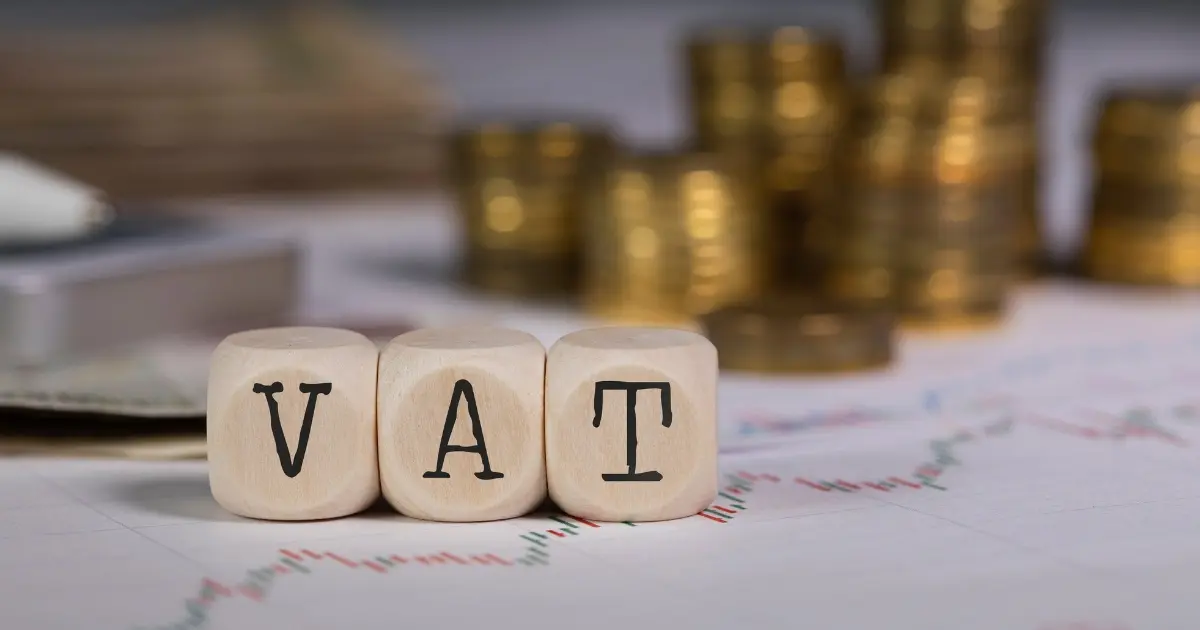A Comprehensive Guide to VAT in Namibia:
Understanding, Compliance, and Savings

Intro
In this post, we will demystify Value-Added Tax (VAT) in Namibia and provide a comprehensive guide for businesses, with a particular focus on small businesses. Whether you’re new to VAT or looking to enhance your understanding, this guide will offer valuable insights, tips, and tricks to help you navigate the Namibian VAT landscape and maximize your tax savings. So, let’s dive in!
What is VAT and how does it work?
Value-Added Tax (VAT) is a tax that is levied on the value added by a business to a product or service at each stage of production or distribution. VAT is collected by registered businesses on behalf of the Namibia Revenue Agency (NamRA). The standard rate of VAT in Namibia is 15%, with some supplies being zero-rated or exempt from VAT.The Namibian Value-Added Tax Act 10 of 2000 governs the registration, calculation, payment, refund, and enforcement of VAT.
The VAT Act has been amended several times since its enactment, most recently by the Value-Added Tax Amendment Act 14 of 2022, which came into effect on 1 January 2023. The main measures in the amendment include the following:
- VAT registration: The rules regarding VAT registration are amended to allow a person carrying on a taxable activity but not yet making taxable supplies to be registered for VAT.
- Calculation of VAT payable: The rules regarding the calculation of VAT payable are amended to allow for the deduction of input tax, subject to certain conditions.
- Allocation of VAT payments: The rules relating to the allocation of VAT payments are amended to provide for the allocation of payments to tax, interest, and penalties, in that order.
- Zero-rated supplies: The scope of zero-rated supplies is expanded to include supplies of sanitary pads.
These amendments are intended to simplify and improve the administration of VAT in Namibia.
Who needs to register for VAT and how to do it?
According to the Act, a business must register for VAT if its annual taxable turnover exceeds or is likely to exceed N$500,000 in any period of 12 months. However, a business may also voluntarily register for VAT if its annual taxable turnover exceeds N$200,000 but does not exceed N$500,000.
How to calculate and pay VAT?
Once registered, businesses must calculate the net amount of VAT payable or refundable for each tax period. This involves completing and submitting a return form (Form VAT4) to NamRA. The VAT Act allows for different accounting methods, such as invoice basis or payments basis, which can impact when VAT is accounted for.
Understanding zero-rated and exempt supplies
The VAT Act provides for zero-rated and exempt supplies, which can offer opportunities for businesses to save on VAT. Zero-rated supplies are taxable supplies that are charged at a rate of 0%, such as exports, international transport services, basic food items, and educational services. On the other hand, exempt supplies are not subject to VAT at all, such as financial services, residential accommodation, and public transport services.
Claiming input tax credits and refunds
Registered businesses are entitled to claim input tax credits on VAT paid on goods and services purchased for business purposes. These input tax credits can be offset against the VAT collected on sales, resulting in a reduction of the net VAT payable. It’s important to maintain accurate records and retain all VAT invoices and supporting documentation to substantiate your input tax claims. Additionally, if the input tax credits exceed the VAT payable, businesses can claim a refund from NamRA.
Tips for maximizing VAT savings
Here are some tips to help businesses maximize their VAT savings:
1. Ensure proper VAT record-keeping
Keep detailed records of all VAT transactions, including invoices, receipts, and VAT returns. This will help you accurately calculate VAT liabilities and claim input tax credits.
2. Understand zero-rated and exempt supplies
Familiarize yourself with the supplies that are zero-rated or exempt from VAT. This knowledge can help you make informed business decisions and optimize your VAT position.
3. Consider VAT grouping
If you have multiple entities within your business group, explore the possibility of VAT grouping. VAT grouping allows related entities to be treated as a single taxable person for VAT purposes, potentially simplifying administration and optimizing VAT recovery.
4. Review VAT recovery on expenses
Regularly review your business expenses to ensure you’re claiming the maximum allowable input tax credits. Some expenses may have restrictions on VAT recovery, so it’s important to understand the rules and requirements.
5. Seek professional advice
VAT can be complex, and the regulations are subject to change. Consider consulting with professionals to ensure compliance and identify opportunities for savings.
Conclusion
Navigating the VAT landscape in Namibia doesn’t have to be daunting. By understanding the fundamentals of VAT, registering when necessary, calculating and paying VAT correctly, and maximizing your VAT savings through input tax credits and refunds, you can effectively manage your VAT obligations and optimize your tax position.
Remember, it’s essential to stay up to date with any changes to VAT regulations and seek professional advice when needed. Integris Financial Solutions is here to assist you with all your VAT-related queries and ensure you meet your VAT obligations while maximizing your savings. If you have any further questions or need assistance, feel free to reach out to us.

